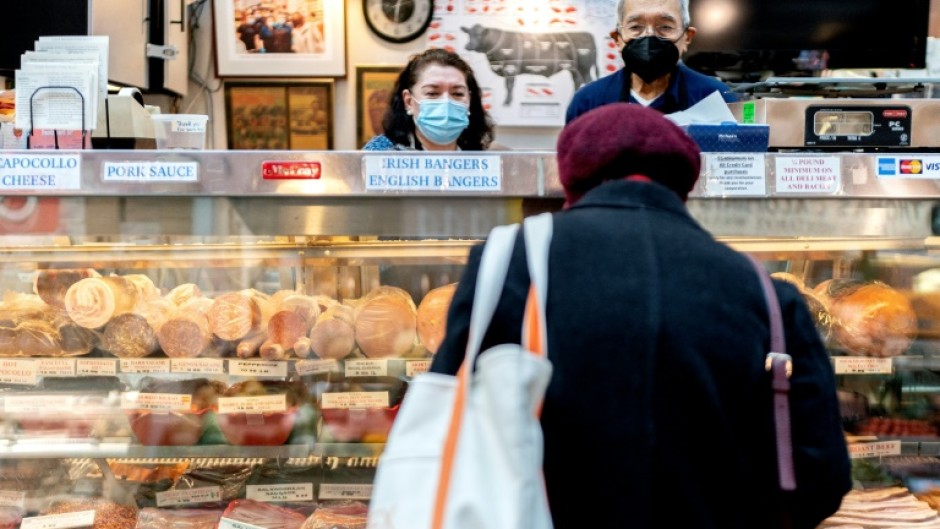
Consumer inflation in the United States nudged down only slightly in April, the Labor Department said on Wednesday, despite strong efforts to cool the economy and rein in price increases.
The latest number signals that price pressures remain, although it marks a step in the right direction and the smallest annual rise in two years.
The rate remains well above pre-pandemic levels, and analysts are closely eyeing inflation numbers as the Federal Reserve mulls the need for further interest rate hikes and how long to keep policy restrictive.
The consumer price index (CPI), a key inflation gauge, rose 4.9 percent from a year ago, just a touch lower than March's 5.0 percent figure.
"The index for shelter was the largest contributor to the monthly all items increase, followed by increases in the index for used cars and trucks and the index for gasoline," said the Labor Department in a statement.
On a monthly basis, overall CPI rose 0.4 percent in April, picking up from a 0.1 percent rise in March.
Excluding the volatile food and energy segments, consumer inflation rose 0.4 percent in April from a month ago, as it did in March.
- 'Long road' -
Although higher gasoline prices likely boosted the month-on-month CPI figure, analysts at Pantheon Macroeconomics said in a recent note that they expect the April increase in gas prices "should comfortably reverse in May."
But economist Oren Klachkin of Oxford Economics said it would be a "long road" back to the Fed's two percent inflation target.
"We expect to receive more encouraging news on the inflation front as the economy cools though we won't reach the Fed's two percent inflation target for quite some time," he added in a note.
The inflation numbers come shortly after the Fed announced a tenth consecutive rate hike aimed at tackling price increases this month, while signaling it will be data-dependent in making future decisions.
But more than a year after the central bank started its campaign of rate increases, inflation is stubbornly above policymakers' long-term target.
Compared with a year ago, the index for food remains 7.7 percent higher although that for energy slipped 5.1 percent, the Labor Department said.
While the Fed has left the door open to a possible pause in further rate hikes, recent data indicate that the world's biggest economy may be running hotter-than-hoped.
In April, hiring in the United States picked up pace while unemployment remained low, although analysts pointed to a longer-term downward trend.
"Policymakers are caught in a difficult balancing act," said Klachkin.
But with credit conditions tightening amid pressure on the banking sector recently -- with the collapse of several regional lenders -- this could also slow the economy, reducing the need for further interest rate hikes.
By Beiyi Seow

